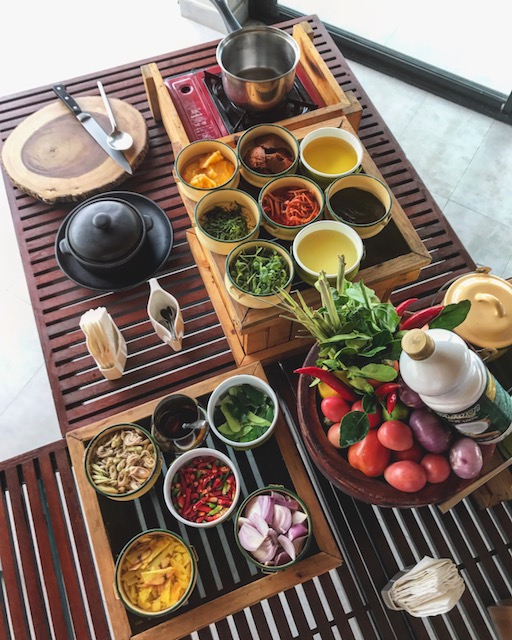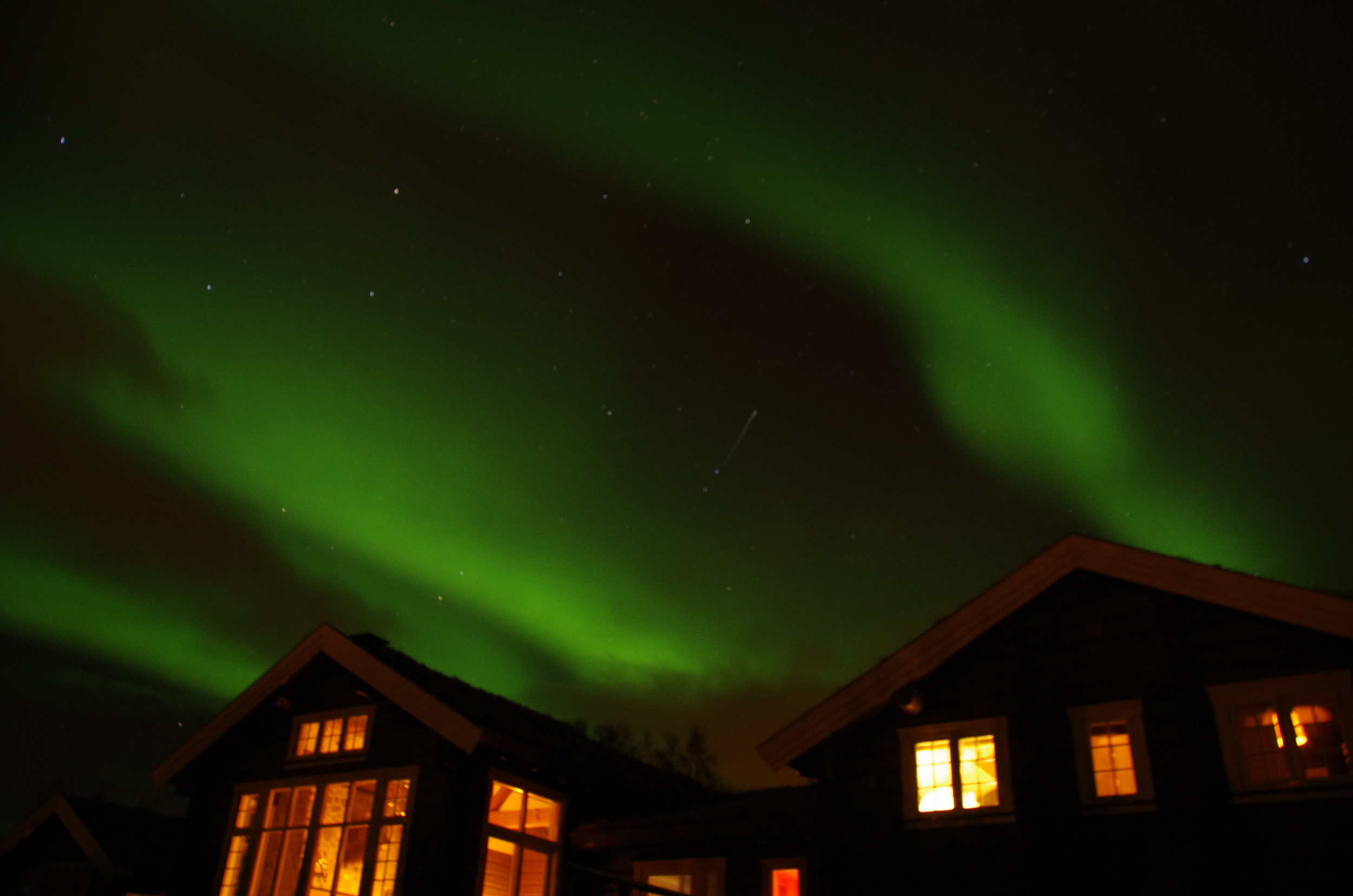I walked out of my final client meetings in Zurich at 3pm on Friday, basked in a few moments of sunshine, and then promptly hopped onto the train headed towards Kandersteg. Two hours later, I was in the most quintessential alpine town I may have ever seen, and hopped onto a gondola up to Berghotel Oeschinensee. Kandersteg welcomed me in true alpine fashion; as the lift headed up into the mountains, I found myself in the midst of a snow storm and visibility was about 10 feet all around. I briefly thought of the sunbathing Swiss back in Zurich only a mere hours earlier drinking their Aperol’s and chuckled to myself. What a weird world.
As I reached the top of the lift, Christoph, one of the Berghotel owners (the hotel has now been passed down through 6 generations), greeted me and drove us to the hotel. “You got here just in time,” he said. “The weather would have been too dangerous to get in here if you had come even an hour later.” I was shown my room, adorned with intricate yet simple Swiss details, and opened my lake/mountain facing window to reveal “the view”: snow, clouds, and more snow.
“I think we will be in for a surprise later; we’ll see” said Christoph, smiling, as he left me to unpack and settle into my room. There’s something about mountain folks that just makes them know when the weather is going to turn just right and allow for unbelievable views at the most unexpected moments. Boy, would he be right. Only 2 hours later, I was treated to unobstructed lake views and an impeccably perfect weather window in which I was able to go on a 5-mile roundtrip hike up into the mountains, affording me the most Instagram-worthy views of Lake Oeschinensee from above.
The hotel was built in 1892, so has had plenty of decades to build up a loyal hoard of annual visitors. But more recently, the hotel and region have been discovered and frequented by tourists from around the world. The communal bathrooms and shared lounge space subtly encourage you to get out of your shell and spend time with other travellers staying there, as well as learn what brought them to this beautiful place high up in the Bernese Oberland.
But what makes this hotel better than any other hotel is their dedication to the principles and history that have brought them here. On my last day visiting, I sat down for breakfast with Christoph and his adorable kids, assumedly future owners of the hotel. We chatted about his hopes for what the Berghotel could and should be; what it means to him in the context of his own life decisions. “I – and we don’t want to go away from what the Berghotel has always been; we don’t want to expand, make it larger, or lose control of what we set out to create… if anything, the opposite is true” said Christoph. At first, the sentiment struck me by surprise. Coming from the world of business/finance, perhaps I have become too accustomed to the idea that the goal is always to sell more, make more, spend more – but the very principles which Christoph and his family hold so dear are what make this such a special place: it takes true heart, character, and dedication to values, to not move away from what is true just because the world is calling for it. It takes grit to say “no” to those who try to commercialize it, even if it means turning away money or what some may deem as bigger opportunities.
And so for that reason, this hotel will continue to offer the most authentic and classic experience available to the true alpine vacationer. That, and the fact they have the best access to the most epic alpine slide in the world – it’s a toss-up.


























